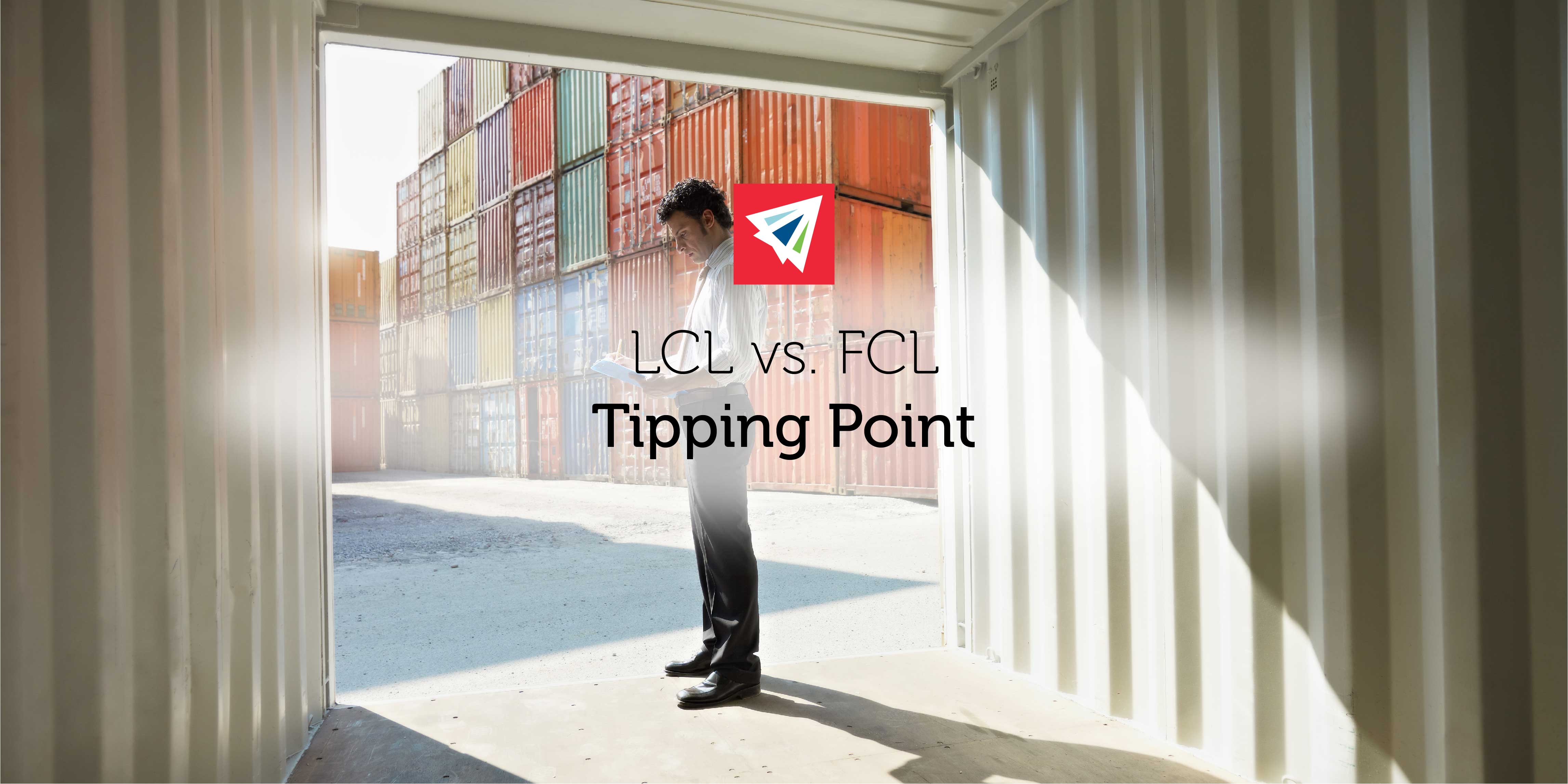If you are exporting from the United States, it can be difficult to decide whether you should be shipping your freight via LCL or FCL. There isn’t a whole lot of information online regarding restrictions and the FCL vs. LCL tipping point on LCL exports, which makes the process all the more difficult.
The FCL vs. LCL Tipping Point… There Isn’t One
Unfortunately, to add more to your headache, the reason for this is that there are no legal restrictions on what is and isn’t considered an LCL shipment, so long as you are not purchasing the full container. But in terms of cost effectiveness, waiting until you are filling 95% of a 40’ container before purchasing it in its entirety is certainly not the most cost-effective way of doing your exports. And if you switch to FCL shipping, you will have more container options. Here are some of our recommendations when trying to define the FCL vs. LCL tipping point when deciding how you want to export your goods.
Capacities of 20′ and 40′ Containers
LCL shipments are moved via a consolidated 40’ container. Although legal restrictions and an FCL vs. LCL tipping point do not exist, you will find the greatest cost-savings by shipping your goods in a 20’ FCL shipment after you exceed 15 CBMs. Often, ocean carriers, NVOCC’s, and freight forwarders will all charge you per CBM of your LCL shipment. This is fine up to a certain point, but after exceeding around 15 CBMs, the tables turn. It would be cheaper at this point to purchase a full 20’ container than to purchase additional CBMs. This is one of the issues with LCL shipping.
Sometimes, you can cut your costs in half by purchasing a full 20’ container as opposed to moving your freight via LCL. It may be worth it to initiate an RFQ request to your freight forwarder to compare prices between FCL vs. LCL shipping. If your business is moving more than 15 CBMs per shipment, here are some things to keep in mind.
A 20’ container has an internal capacity of 33 CBMs (although, more realistically this comes out to be 32 CBMs unless you filled it full of water.) This space allows for 18 double stacked standard pallets. Due to the windmill loading process, they are able to fit 9 standard pallets on each level. 2 square groupings of 4 containers each with an extra 1 container stacked right behind the door.
Where Do You Go from Here?
How does this all translate? It is actually worth it to purchase a full 20’ container once you are able to fill half of it. 20’ containers have an internal capacity of 32’ CBMs. You will find that purchasing the container becomes cheaper after exceeding 15 CBMs. It’s important to also understand some of the drawbacks of FCL shipping. Talk with your freight forwarders or NVOCC’s about the potential cost-savings you may experience by switching to FCL shipping with all your future shipments. And as always, our team at Interlog USA is more than willing to hold a quick conversation for any questions you may have.

One thought on “FCL vs. LCL Tipping Point”